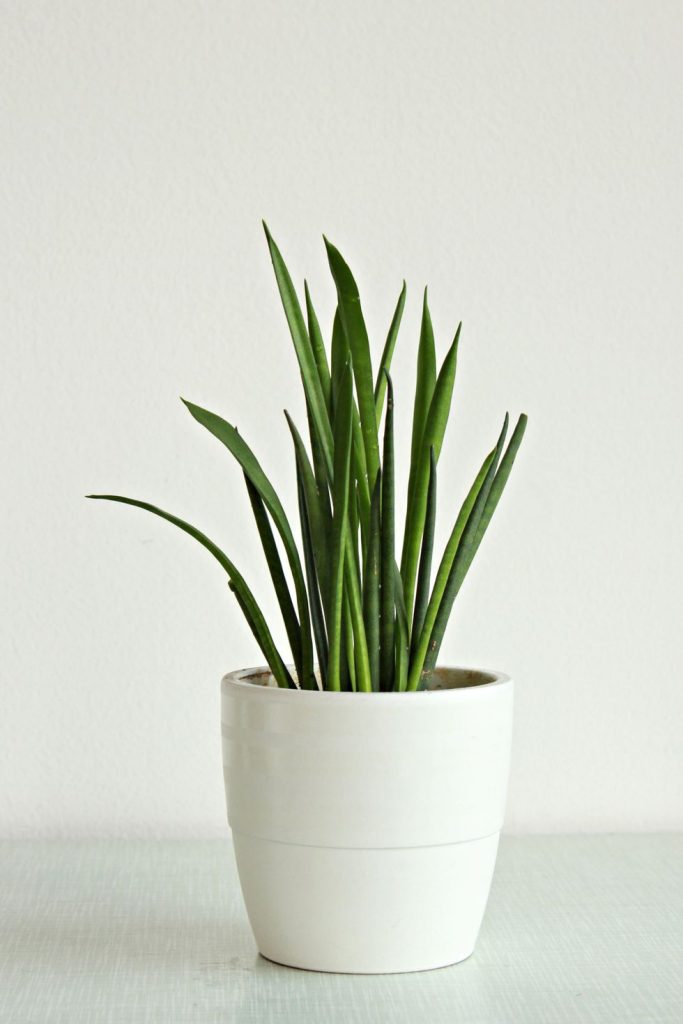How is the quality of the air in your home? What about at the office?
If you readily don’t know the answers to these questions, please read on for helpful information and to ensure you and your family are safe.
Years ago, most of us would not have been concerned with the quality of air in our homes or places of work or the businesses we visit. Indoor air pollution was a foreign concept. But today, with the number of chemicals and pollutants that are in the air and used by businesses and individuals, it’s something everyone should understand. Exposure to indoor air pollutants can have immediate short-term effects and longlasting health risks. In fact, some of the health risks may not show up for years, so the precautions you take today may prevent serious health issues for you and your children years from now.
The Environmental Protection Agency defines indoor air quality as the air quality within and around buildings and structures, especially as it relates to the health and comfort of building occupants. Understanding and controlling common pollutants indoors can help reduce your risk of indoor health concerns.
What are common Indoor Air Pollutants?
Download the High Efficiency Cooling & Heating eBook to Breath Fresher and Healthier. The book includes a checklist of pollutants to look out for.
Humans breathe an average of 10,000 gallons of air each day and nine out of the 10 breaths we take are likely to happen indoors. What’s really scary is that indoor air is anywhere from two to 10 times more polluted than outdoor air. That’s frightening considering the average person spends 90 percent of our time indoors. So what is polluting the indoor air you breathe? You just might be surprised. Let’s take a look at just one of the most common rooms where we spend time. Below is a short list of the most common pollutants you can find in your kitchen.
- Pesticides
- Chemicals in non-stick cookware
- Volatile chemical compounds from household cleaners (Think about all those cleaning solutions under your sink!)
- Pet Dander
- Dust
- Hair
- Carbon Monoxide from gas stoves
- Chlorine from water
- Mold (in the walls or visible)
- Mildew
This list alone probably has you holding your breath and feeling a little bit queasy. In fact, if you recognize any of the short-term side effects below indoor air quality could be the culprit.
What are the Immediate Effects of Indoor Air Pollutants?
Some certain health effects may show up immediately after you come in contact with an air pollutant or may appear after long-term exposure. These include shortness of breath, dizziness, irritation of the eyes, nose or throat, headaches and even fatigue. You may be able to immediately eliminate some of these effects by removing the chemicals in your home or storing them in a protected area. If you choose not to there could be a long-term risk of more serious health issues such as asthma.
Whether or not you experience immediate effects of indoor air pollution depends on your overall health and sensitivity to pollutants. The longer you are exposed to these pollutants can also make you sensitized. The symptoms are so similar to typical colds that many people don’t even realize that it’s the quality of the air that is affecting their health. It’s also not something your medical professional would likely ask as they are treating the symptoms.
What are the Long-Term Effects of Indoor Air Pollutants?
Not everyone sees the effects described earlier. Many people will experience health issues after years of exposure or even years after an initial higher concentration exposure to the pollutant. These effects include respiratory diseases, heart disease, and cancer, all of which can be seriously debilitating or even fatal.
Did you know children are most susceptible to Indoor Air Pollution?
If you have children in your home, they are more vulnerable than you. Children breathe air three times faster and absorb three times more pollutants and toxic vapors than adults, while their immune system is less able to cope. Childhood asthma is the most common chronic disease in children. Indoor environmental factors thought to modify asthma severity include pollutants such as PM, nitrogen oxides, secondhand smoke, and allergens from pests, pets, and molds. The good news is there are products that can help clean the air your children breathe.
A HEPA Air Cleaner can help remove 99.97% of the pollutants
The HEPA Air Cleaner is designed to combat all three categories of air contaminant (particles, bio-aerosols and odors/chemical vapors) for comprehensive air purification throughout your entire home. It can remove 99.97% of the pollutants and keep them from recirculating back into your home or office. The cost of the system is a fraction of the cost of long-term health care and doctors visits and helps to dramatically improve the quality of indoor air and your overall quality of living.
Do you want to learn more about how air cleaner products can help you and your family? Contact High Efficiency Cooling & Heating for a free consultation.



